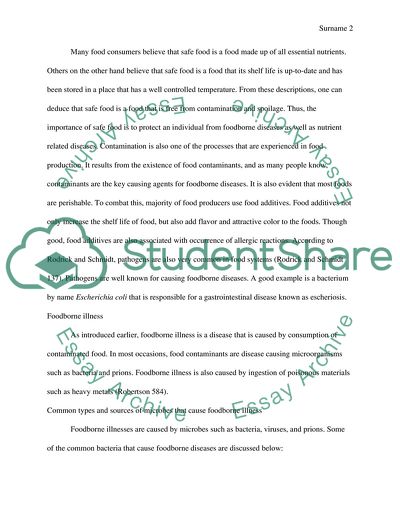Cite this document
(Foodborne Diseases and Nutrient Related Diseases Research Paper - 2, n.d.)
Foodborne Diseases and Nutrient Related Diseases Research Paper - 2. Retrieved from https://studentshare.org/health-sciences-medicine/1830362-nutrition-related-disease
Foodborne Diseases and Nutrient Related Diseases Research Paper - 2. Retrieved from https://studentshare.org/health-sciences-medicine/1830362-nutrition-related-disease
(Foodborne Diseases and Nutrient Related Diseases Research Paper - 2)
Foodborne Diseases and Nutrient Related Diseases Research Paper - 2. https://studentshare.org/health-sciences-medicine/1830362-nutrition-related-disease.
Foodborne Diseases and Nutrient Related Diseases Research Paper - 2. https://studentshare.org/health-sciences-medicine/1830362-nutrition-related-disease.
“Foodborne Diseases and Nutrient Related Diseases Research Paper - 2”, n.d. https://studentshare.org/health-sciences-medicine/1830362-nutrition-related-disease.


